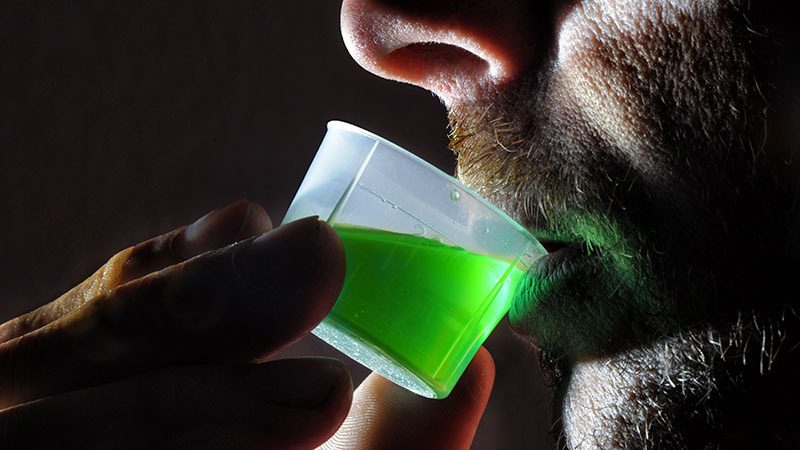Addiction treatment specialists and other clinicians are lauding a final federal rule they say will remove the stigma associated with opioid use disorder and make it easier to prescribe and dispense treatments such as methadone and buprenorphine.
The rule, which was published online on February 2, 2024, continues many flexibilities that were granted under the COVID-19 public health emergency but had expired in May 2023.
It is less restrictive than a buprenorphine rule proposed in March 2023 by the US Drug Enforcement Administration (DEA) that drew sharp criticism from mental health and addiction treatment specialists.
The Substance Use and Mental Health Services Administration (SAMHSA) and DEA worked together to create the final regulation, which experts say is the first major update in two decades in how opioid treatment programs (OTPs) are regulated.
“We are so pleased and excited for these changes,” Debbian Fletcher-Blake, CEO of VIP Community Services, a Bronx, New York–based 50-year-old federally qualified health center, told Medscape Medical News. VIP is the largest single-site methadone program in New York state and serves up to 1500 patients per day in its OTP.
The rule means that “people with opioid use disorders will have choices of how they receive care and that we’re getting one step closer to making this a real brain disease and not a behavioral issue,” said Fletcher-Blake, who is on the board of the National Council for Mental Wellbeing.
The American Medical Association (AMA) applauded the rule, noting that it now permanently allows clinicians to prescribe buprenorphine via a phone visit or audiovisual visit.
“Prescribing buprenorphine through telehealth visits provides the opportunity to reach remote and underserved communities and patients who may be unable to travel daily to in-person appointments because of distance to the OTP, cost, childcare, employment and other factors,” said Bobby Mukkamala, MD, chair of the AMA’s Substance Use and Pain Care Task Force, in a statement.
Brian Hurley, MD, president of the American Society of Addiction Medicine, also welcomed the rule. Pointing out that the rule allows nonphysician practitioners in opioid treatment programs to prescribe methadone, Hurley called on Congress to pass a law to allow addiction specialist physicians to prescribe methadone to be dispensed from a local pharmacy.
Among other things, the rule also allows patients to receive take-home doses of methadone and the initiation of methadone treatment via audiovisual telehealth and buprenorphine via audio-only or audiovisual telehealth.
The regulation also provides for nurse practitioners and physician assistants to order medications in OTPs, where state law allows, and lets patients start medication treatment while waiting for further services.
In addition, the rule removes the requirement that patients receive an opioid use disorder diagnosis at least 12 months before they are allowed to begin an inpatient treatment program.
Smita Das, MD, MPH, chair of the American Psychiatric Association’s Council on Addiction Psychiatry, said that people with physical injuries or other medical conditions are not required to wait for treatment.
“If somebody is suffering and they want treatment sooner than a year, then we should address their needs,” Das, a clinical associate professor of psychiatry and behavioral sciences at Stanford, told Medscape Medical News.
Removing the 1-year requirement “is the humane thing to do and allows people to get access more quickly,” she said.
Stigma Removed
Currently, individuals prescribed methadone must go to an OTP to receive doses every day for the first 90 days.
The new rule will allow patients to take home up to 7 days of methadone doses during the first 14 days of treatment; up to 14 doses if they’ve been in treatment for at least 15 days; and up to 28 doses if they’ve been in treatment for 31 days.
In a statement, SAMHSA officials noted there has been no evidence of diversion during the pandemic; that allowing take-home doses “may reduce stigma for those seeking treatment, while also providing more equitable access to care”; and that it would allow “those who reside far from an OTP or who lack access to reliable transportation to receive treatment, while also being able to gain or maintain employment, attend school, care for loved ones and engage in other required activities of daily living.”
The take-home aspect is “an enormous change,” said Allegra Schorr, president of the Coalition of Medication-Assisted Treatment Providers and Advocates New York State. Being able to skip going into a clinic daily “really allows people to live their lives,” Schorr told Medscape Medical News.
Schorr also noted that stigmatizing language and processes had been removed from the rule, including the “8-point criteria” used by medical directors to determine who could use take-home doses.
Previously, people in treatment had to “earn” the ability to get take-home doses, but now it’s characterized as medication management, said Schorr. The 8-point criteria system “was an outdated way of looking at things,” she said.
“The ability to have take-home doses really improves the chances they will be on this life-saving treatment and remain on this life-saving treatment,” said Das.
The rule will also make it easier for VIP to operate its mobile medication clinic, said Fletcher-Blake. The medical director is no longer required to be on board, and a nurse practitioner or physician assistant can prescribe and dispense the methadone on the spot instead of having to bring a patient back to the clinic, she said.
The rule goes into effect on April 2, 2024.
Alicia Ault is a Saint Petersburg, Florida-based freelance journalist whose work has appeared in publications including JAMA and Smithsonian.com. You can find her on Twitter @aliciaault.
